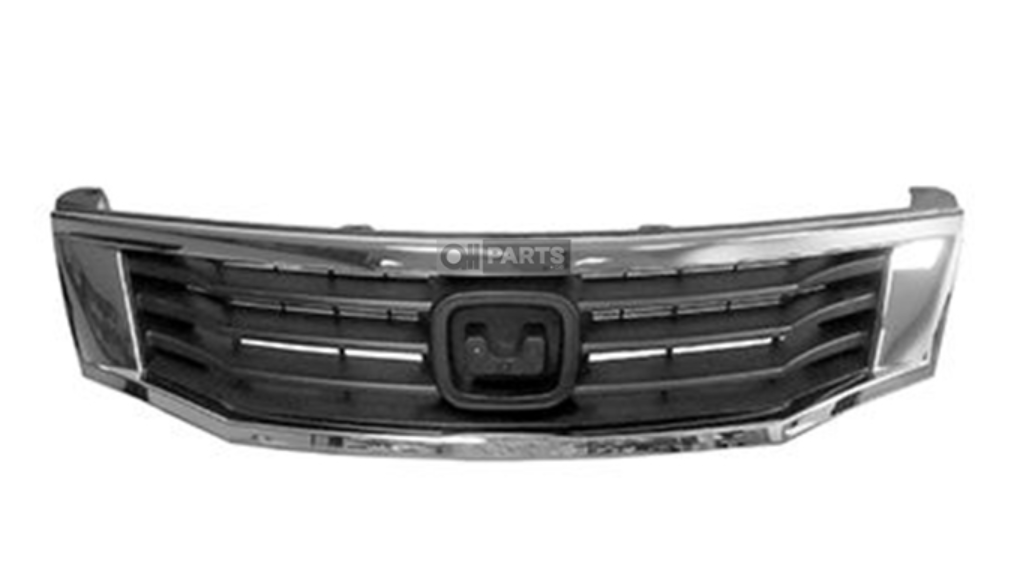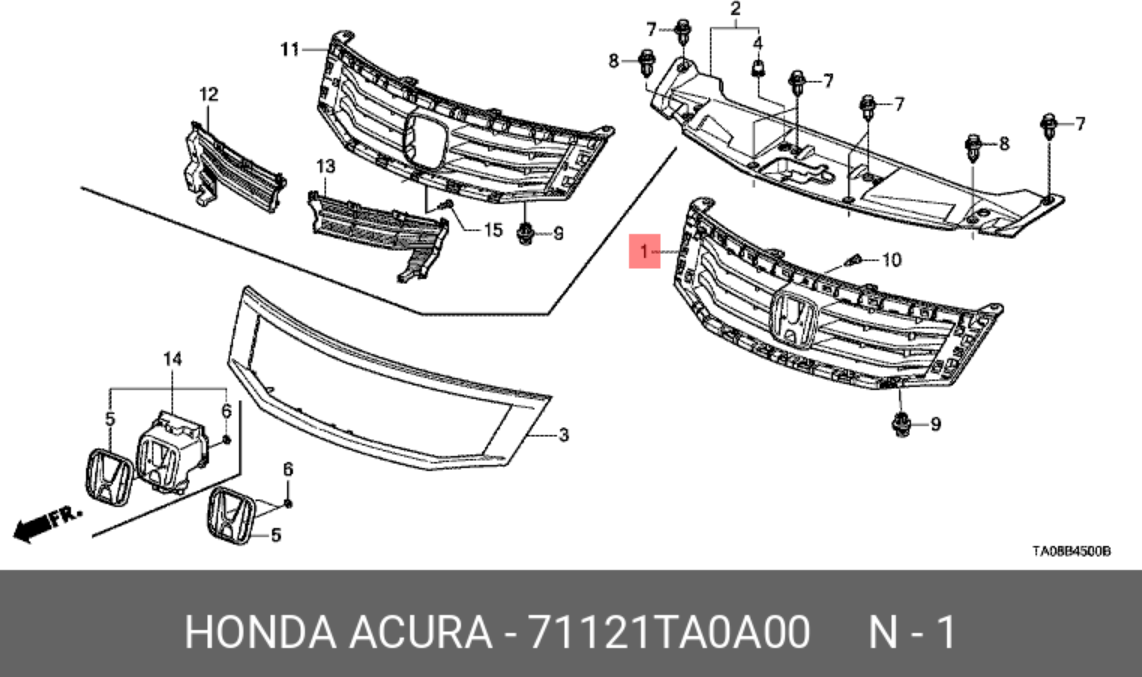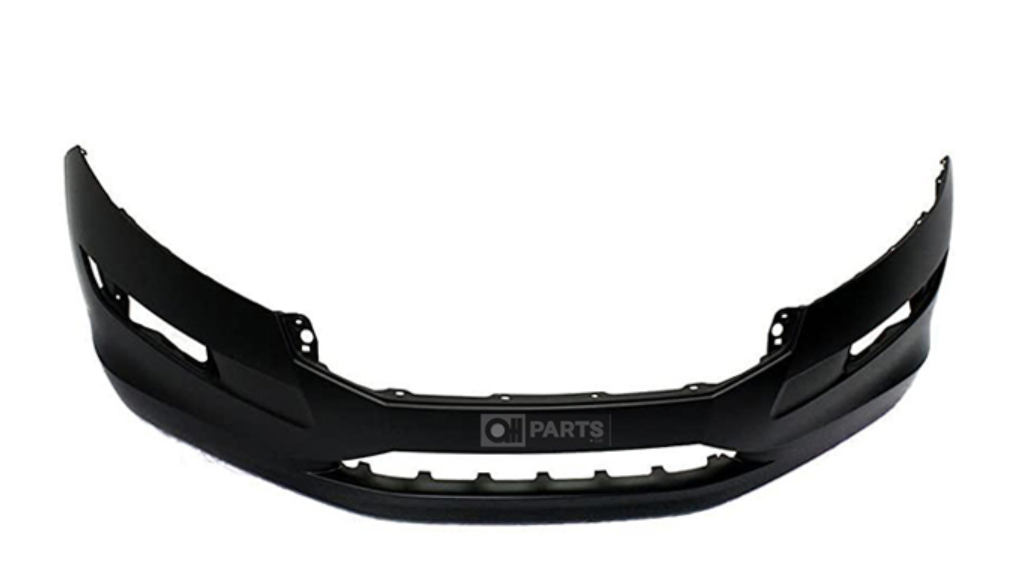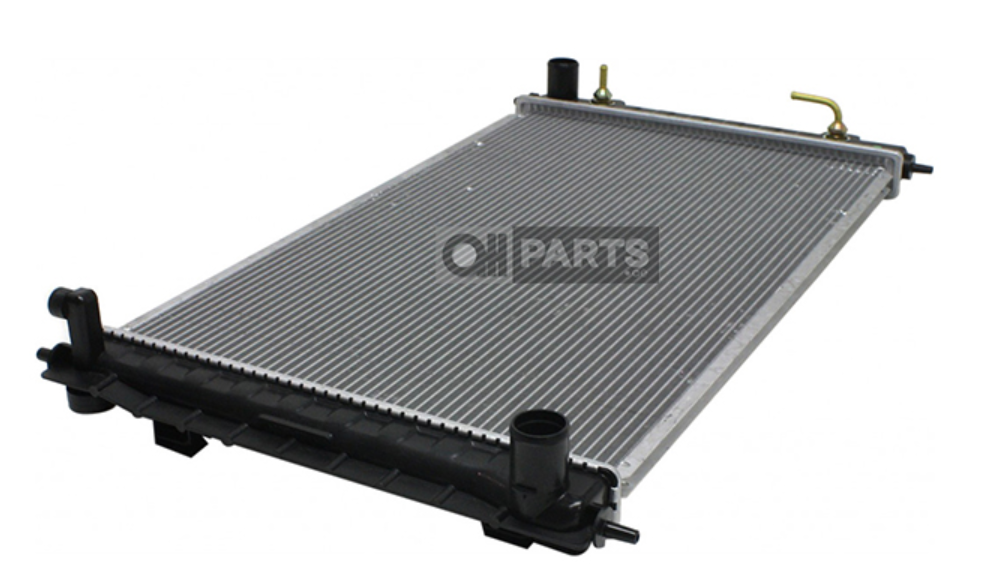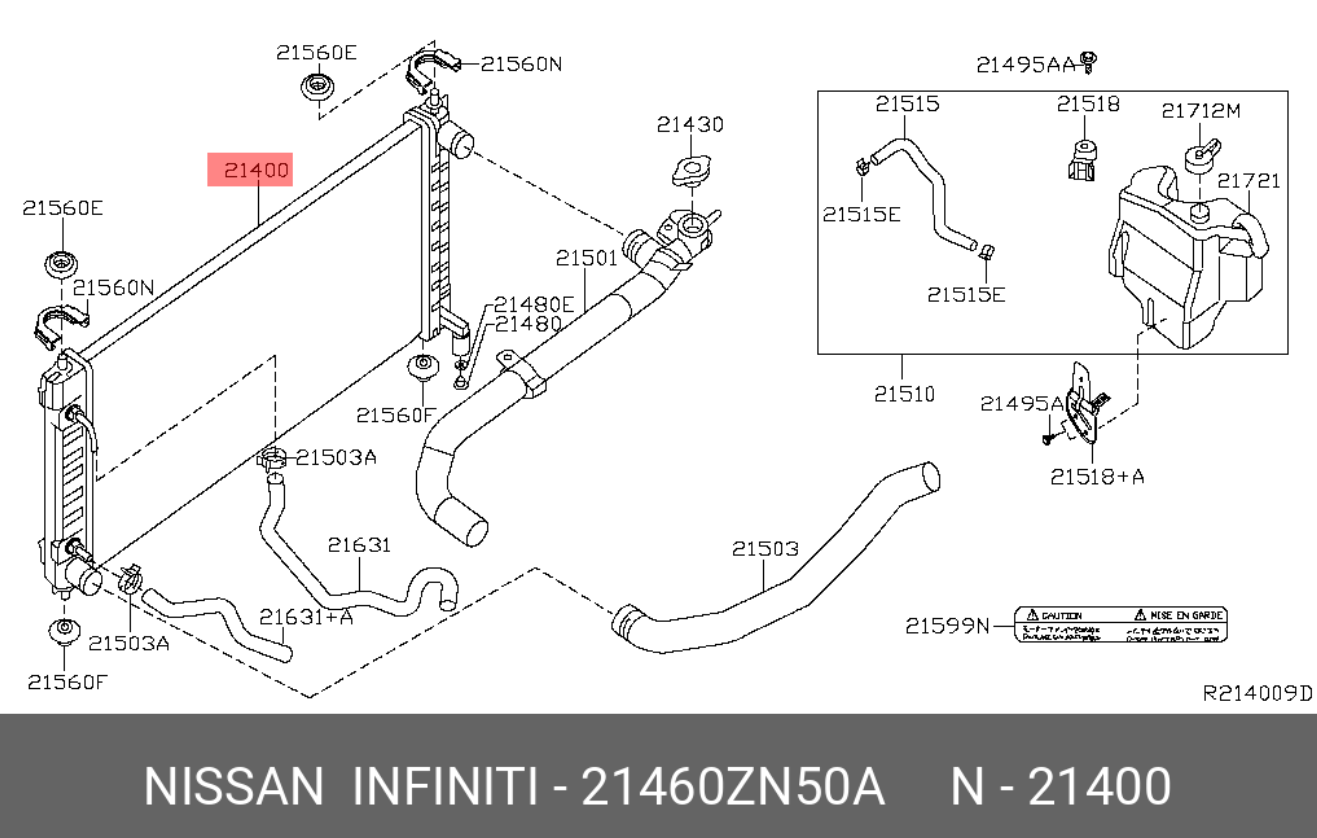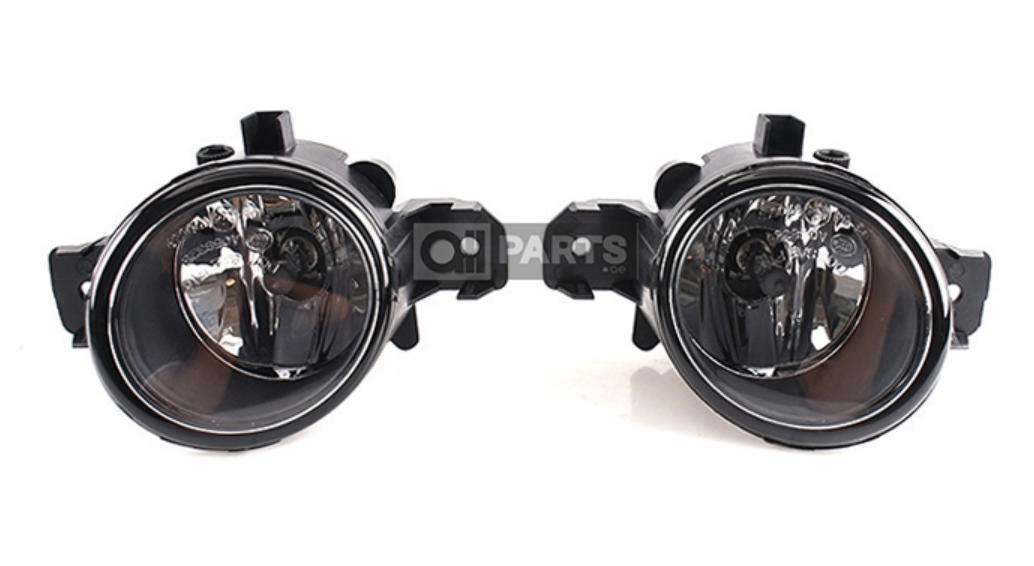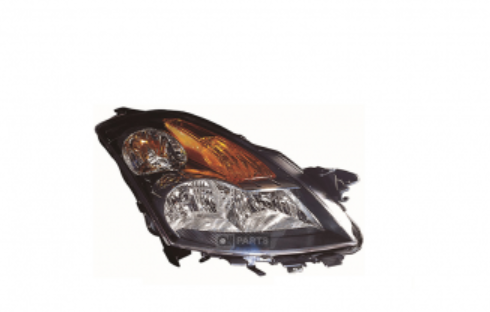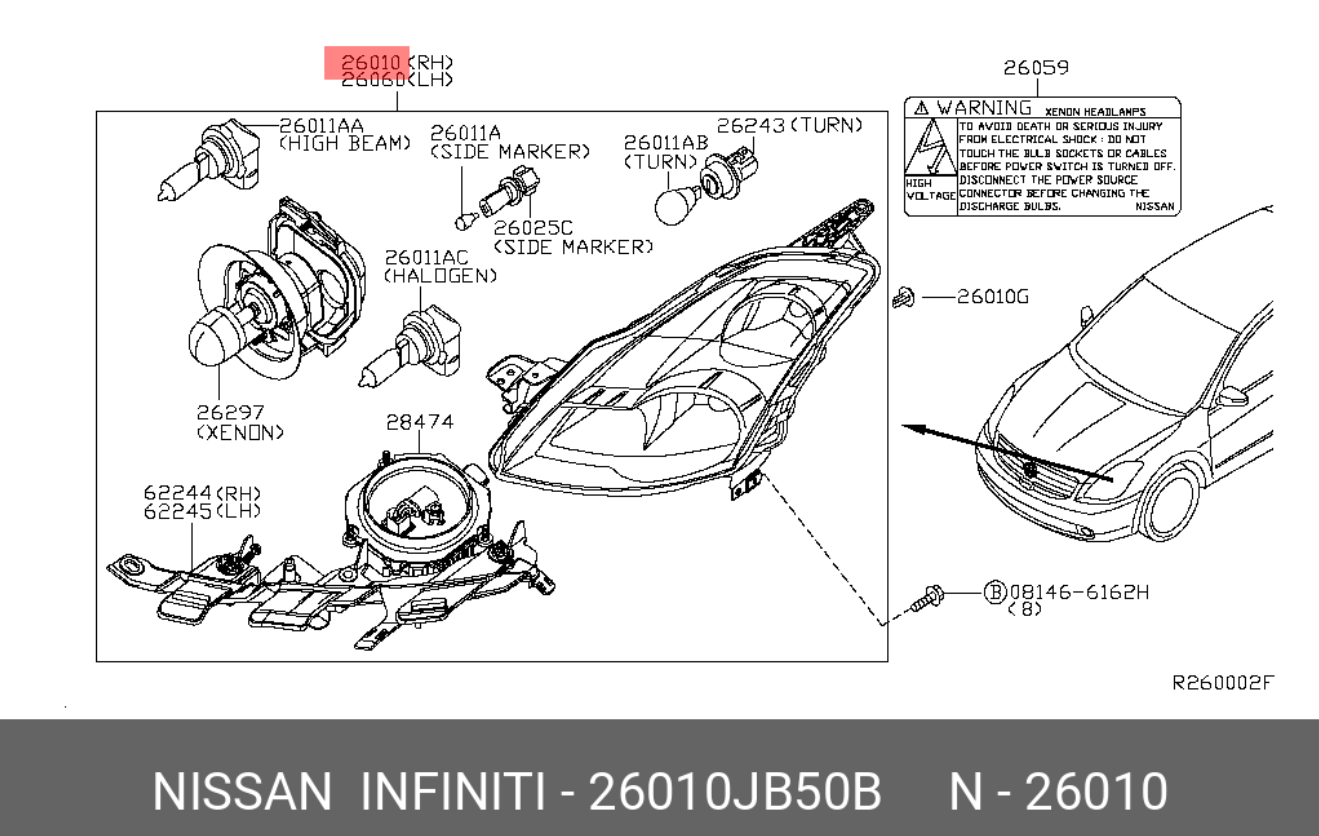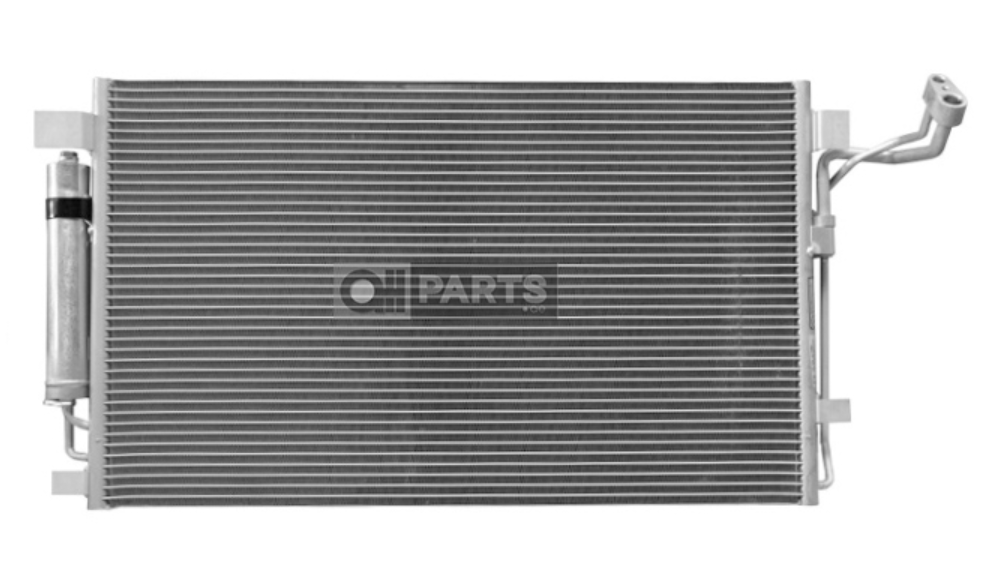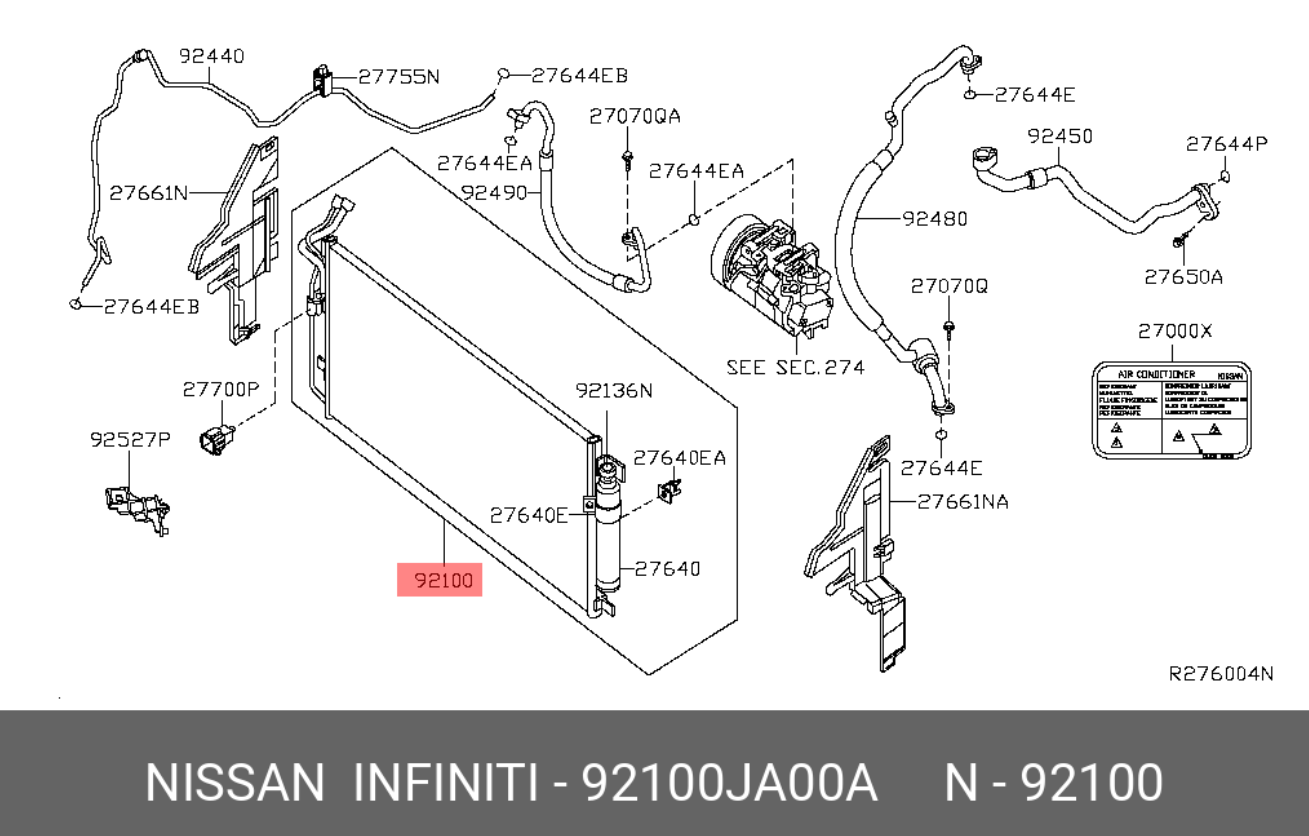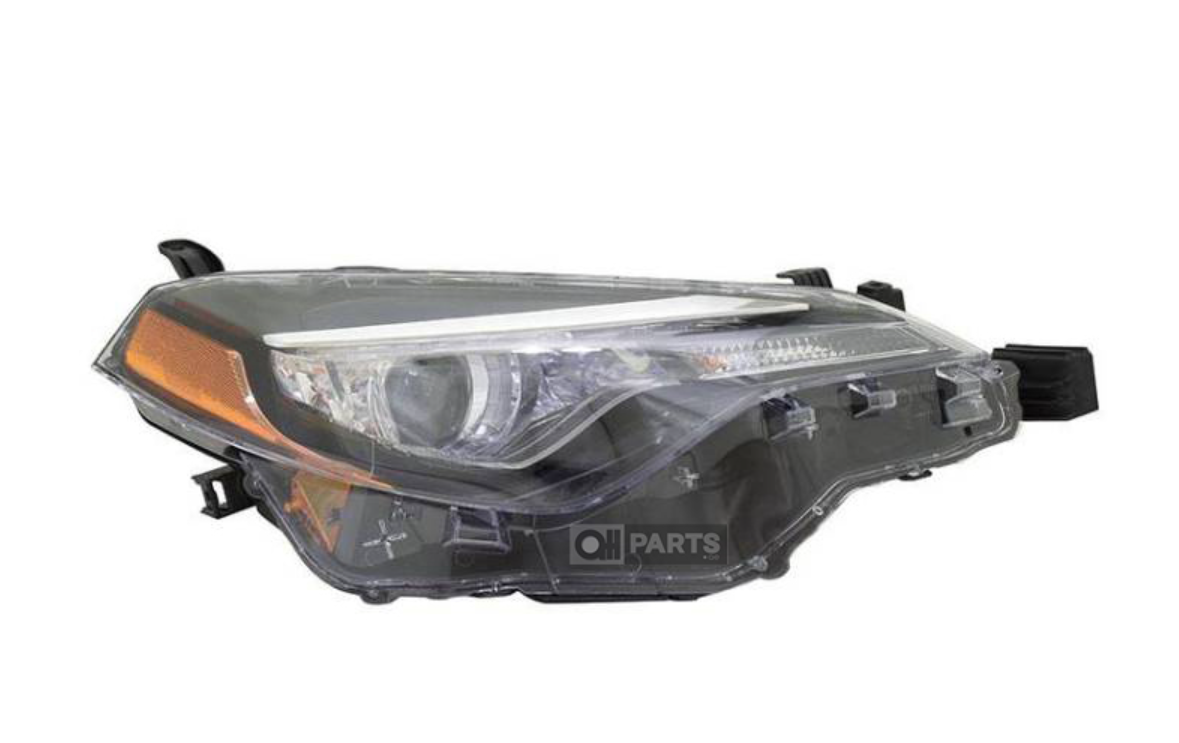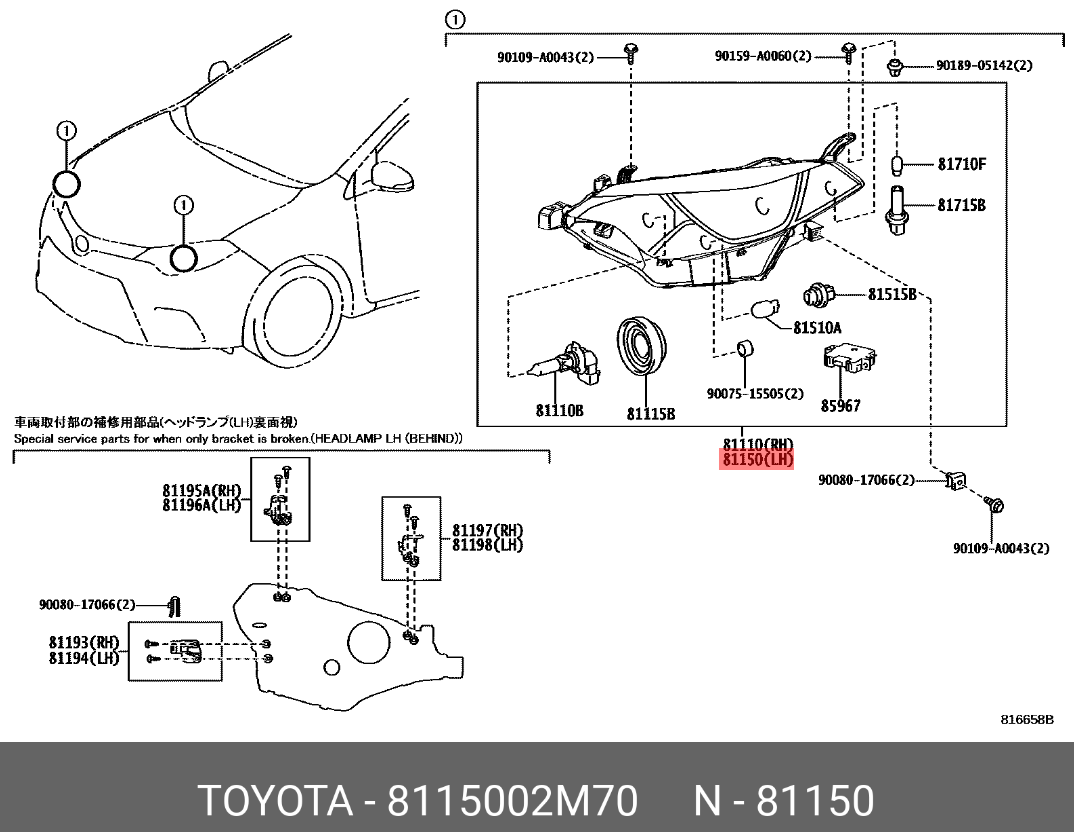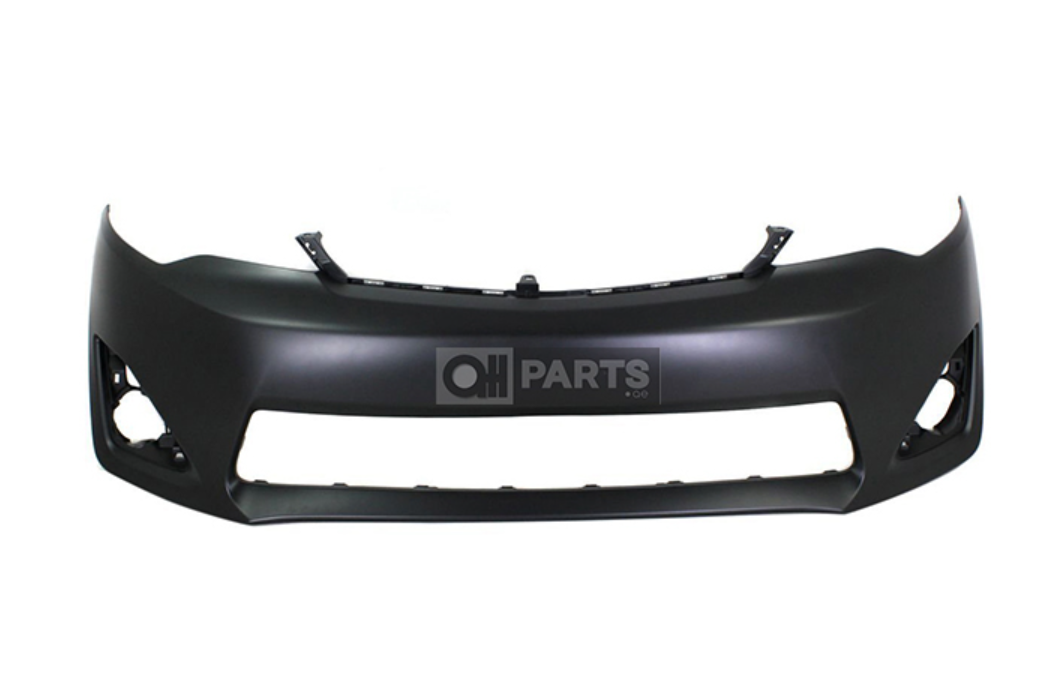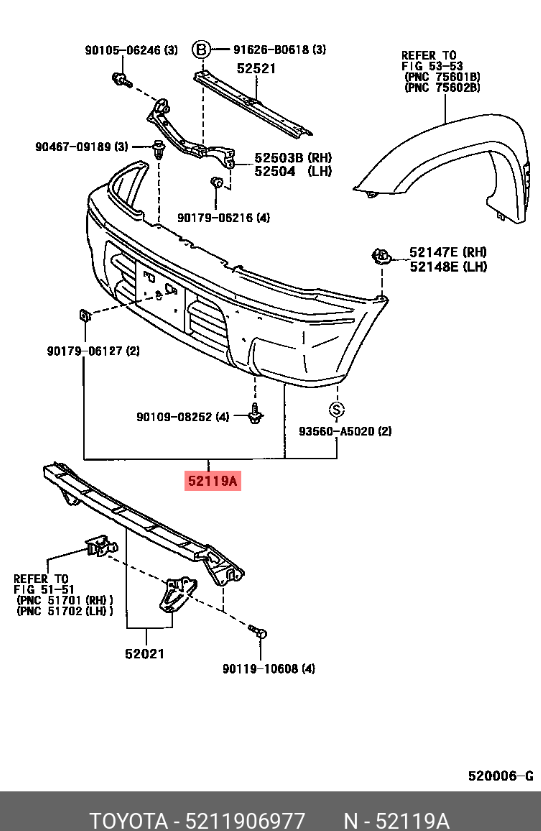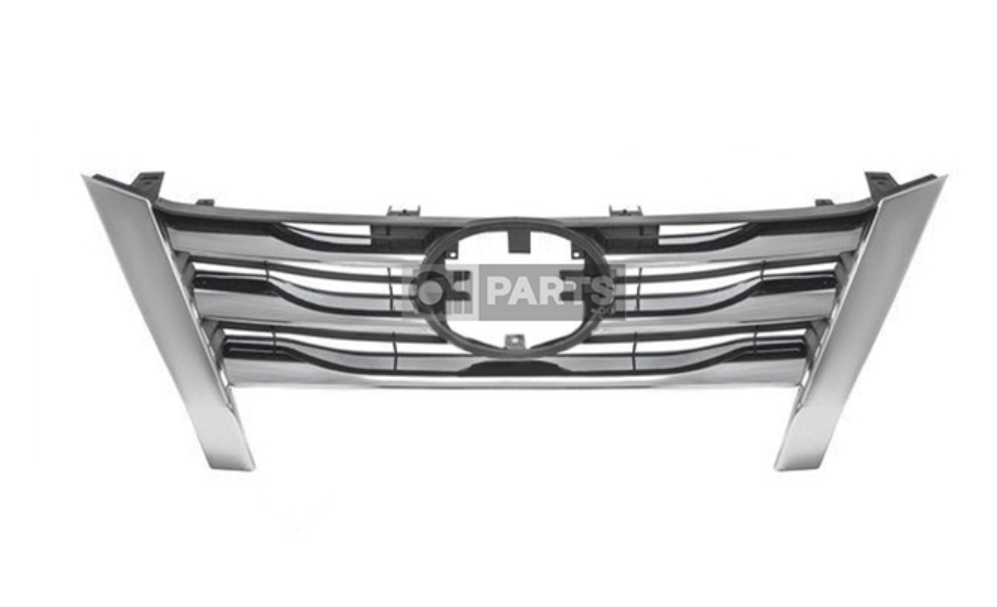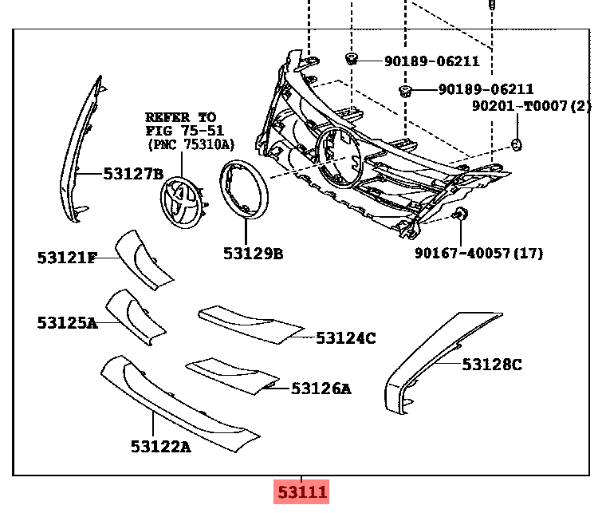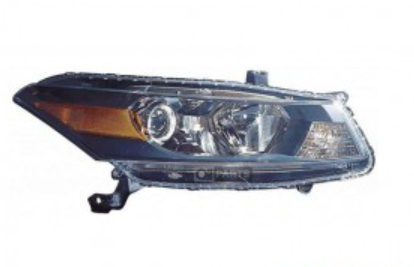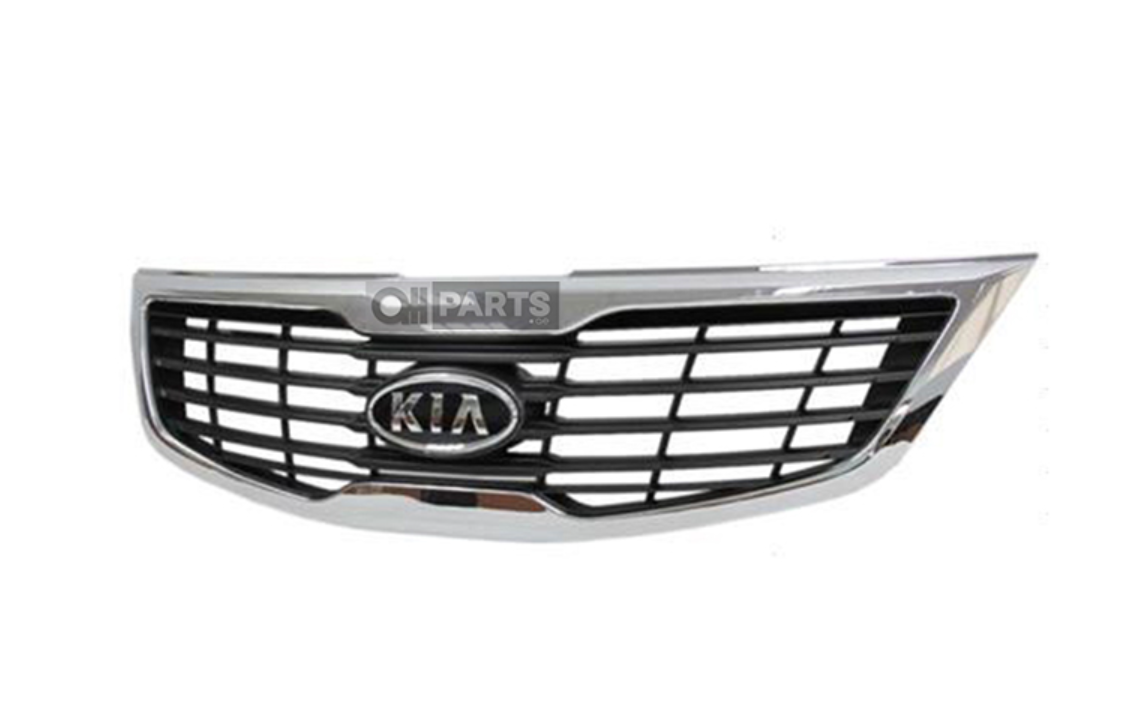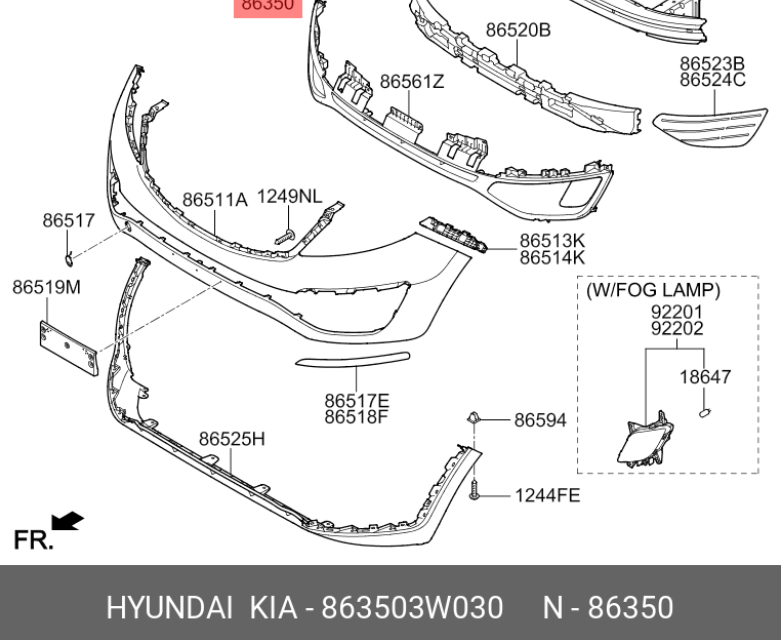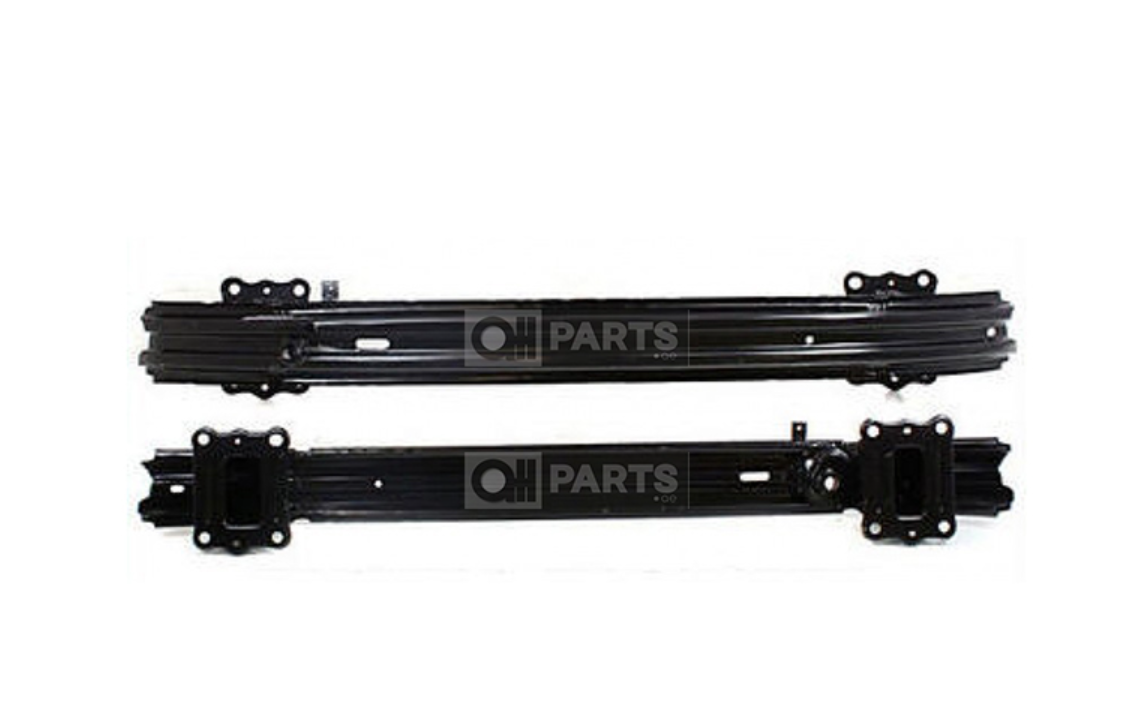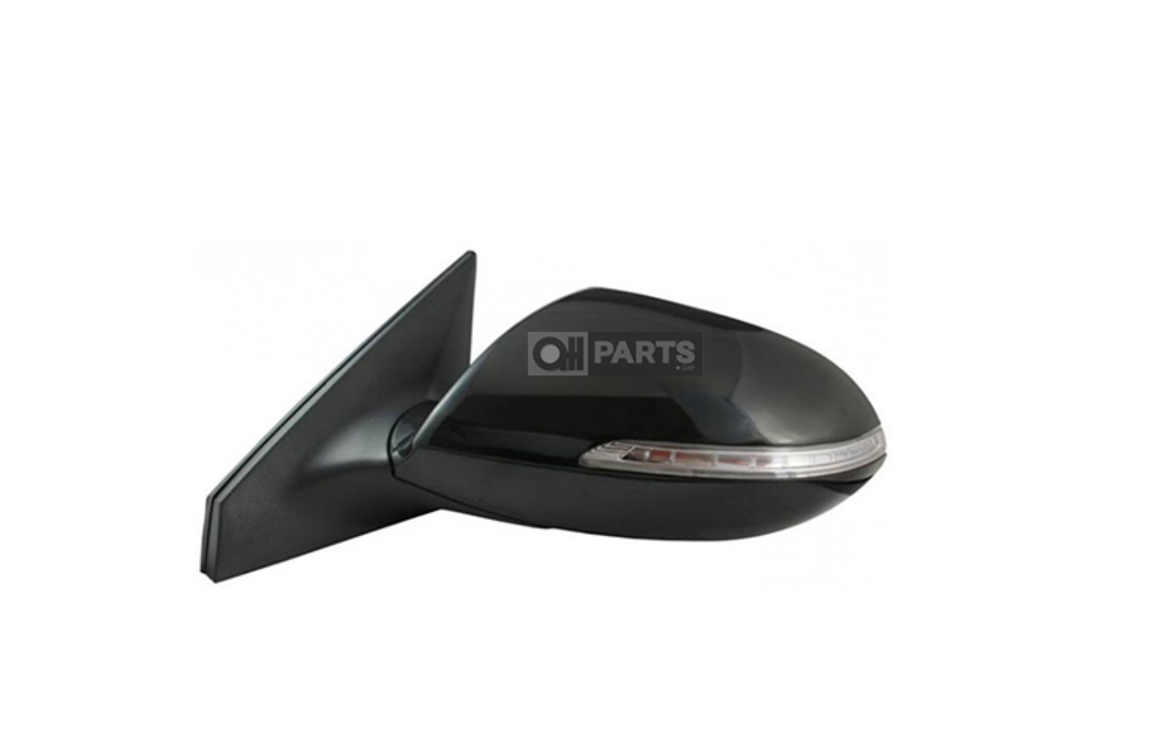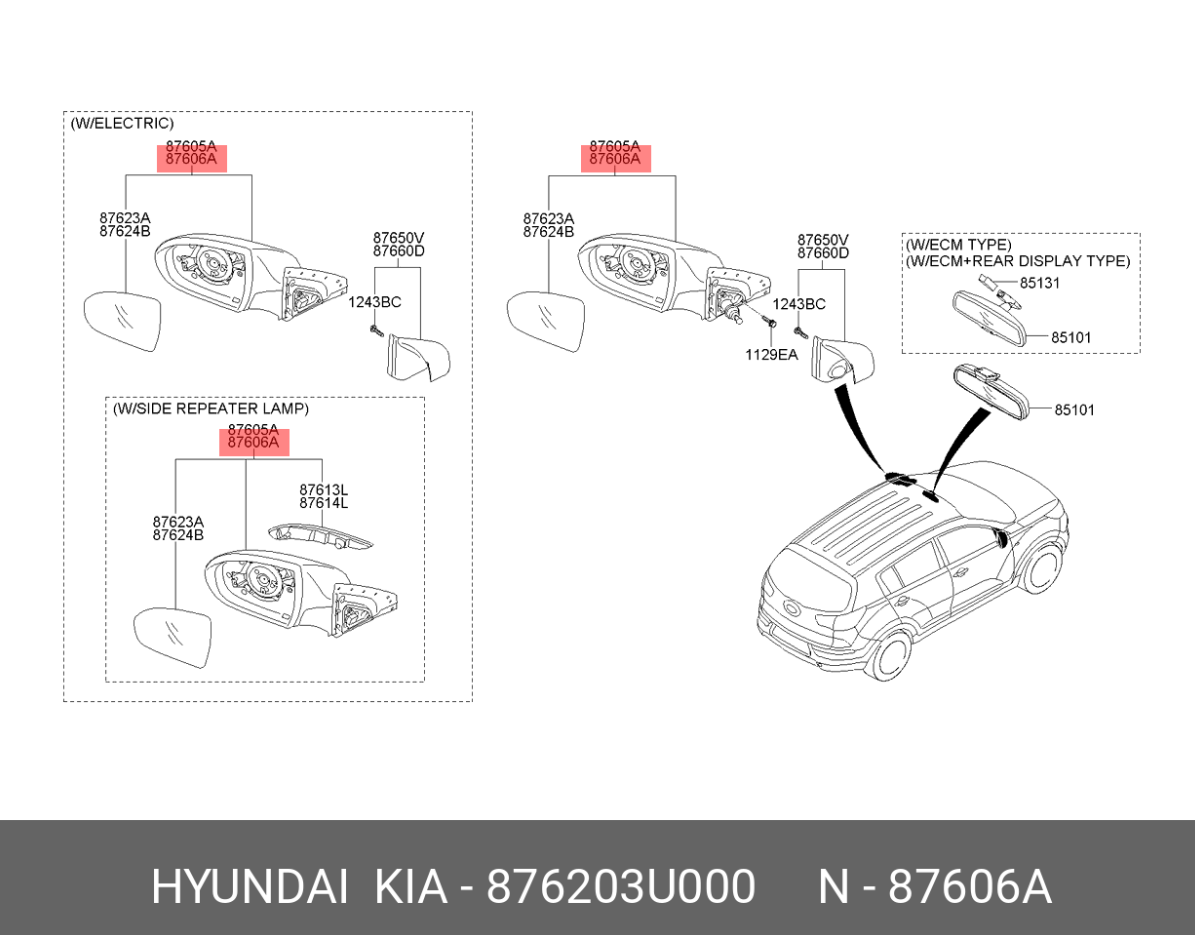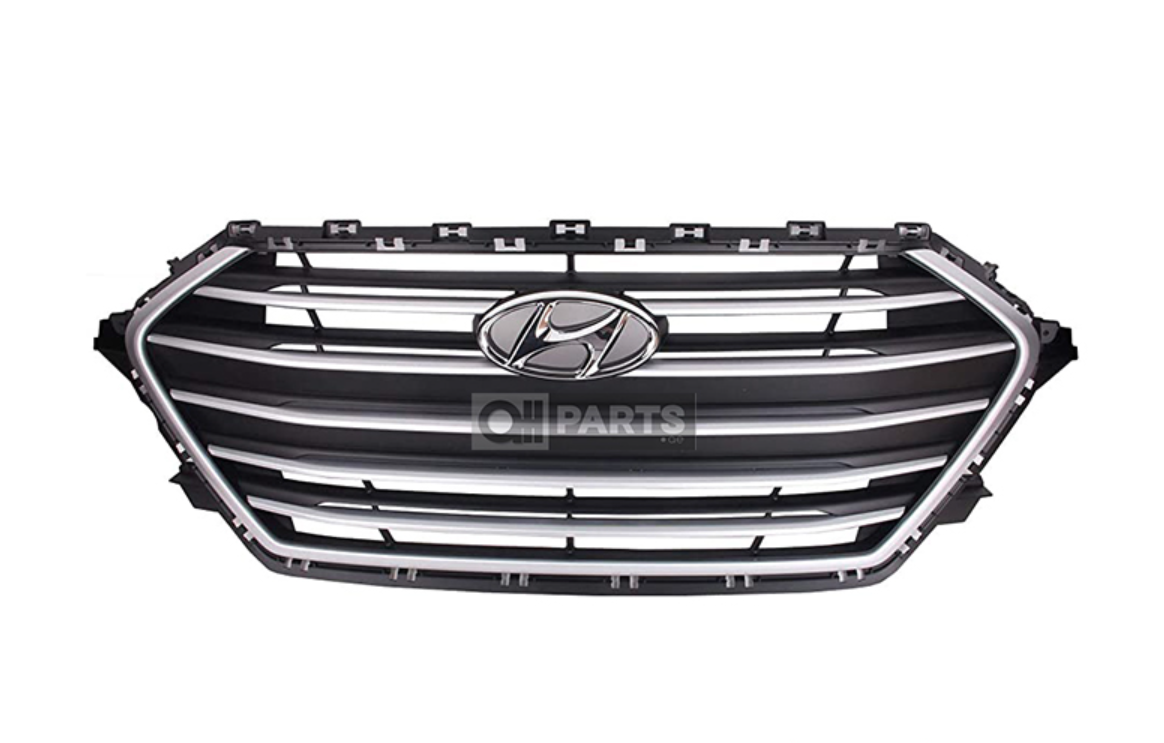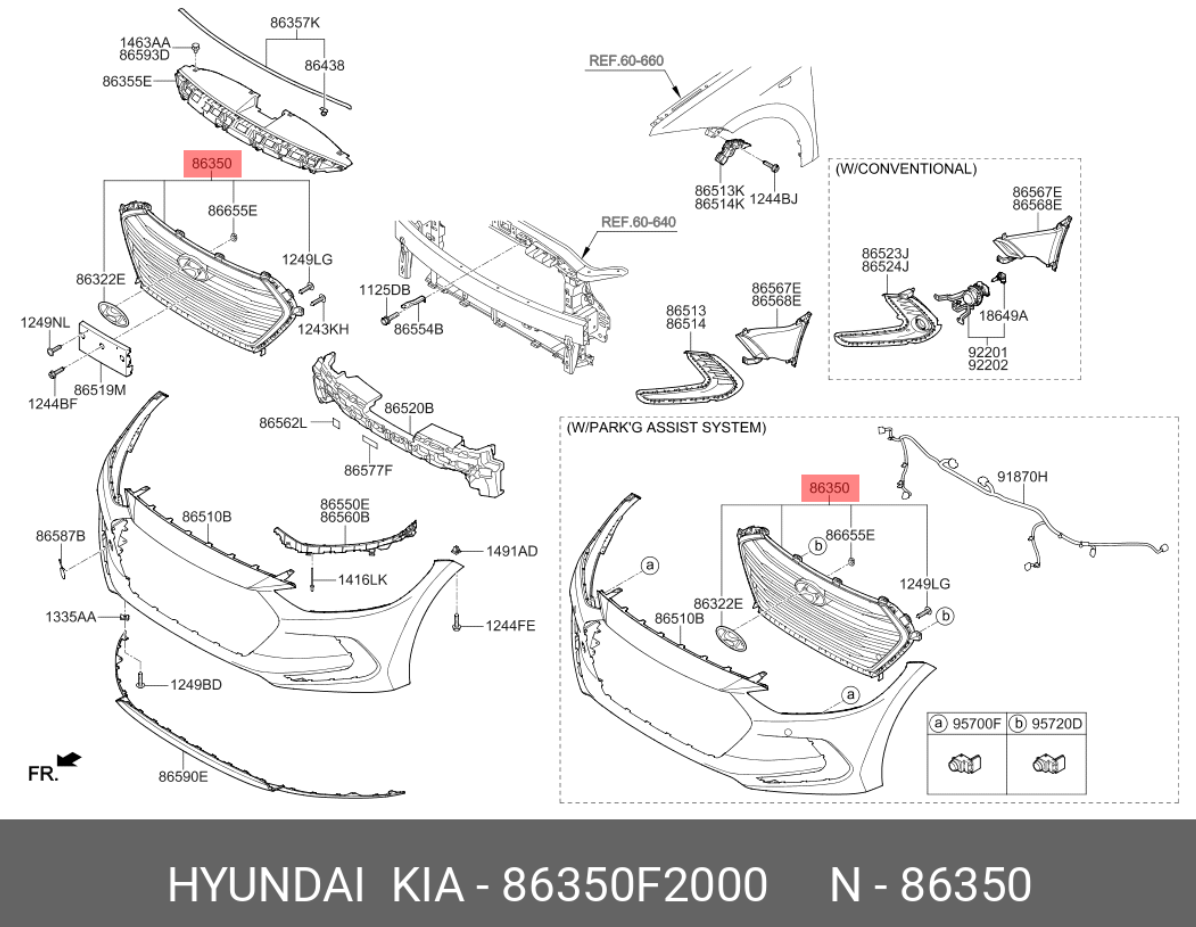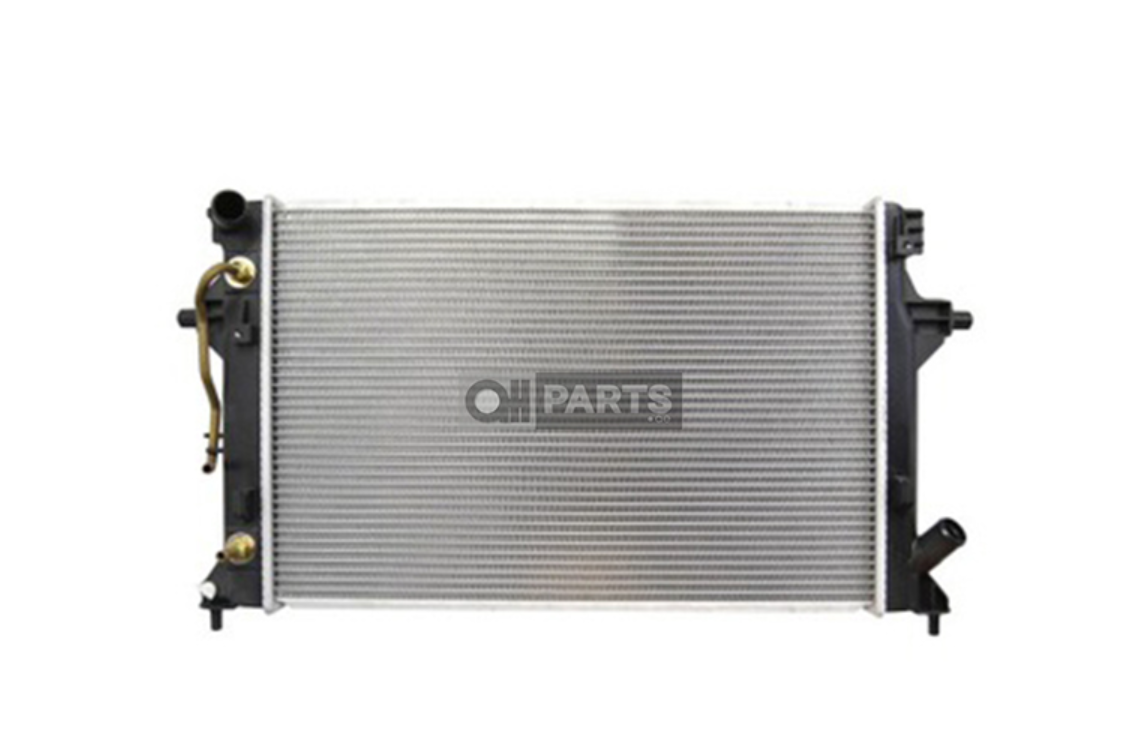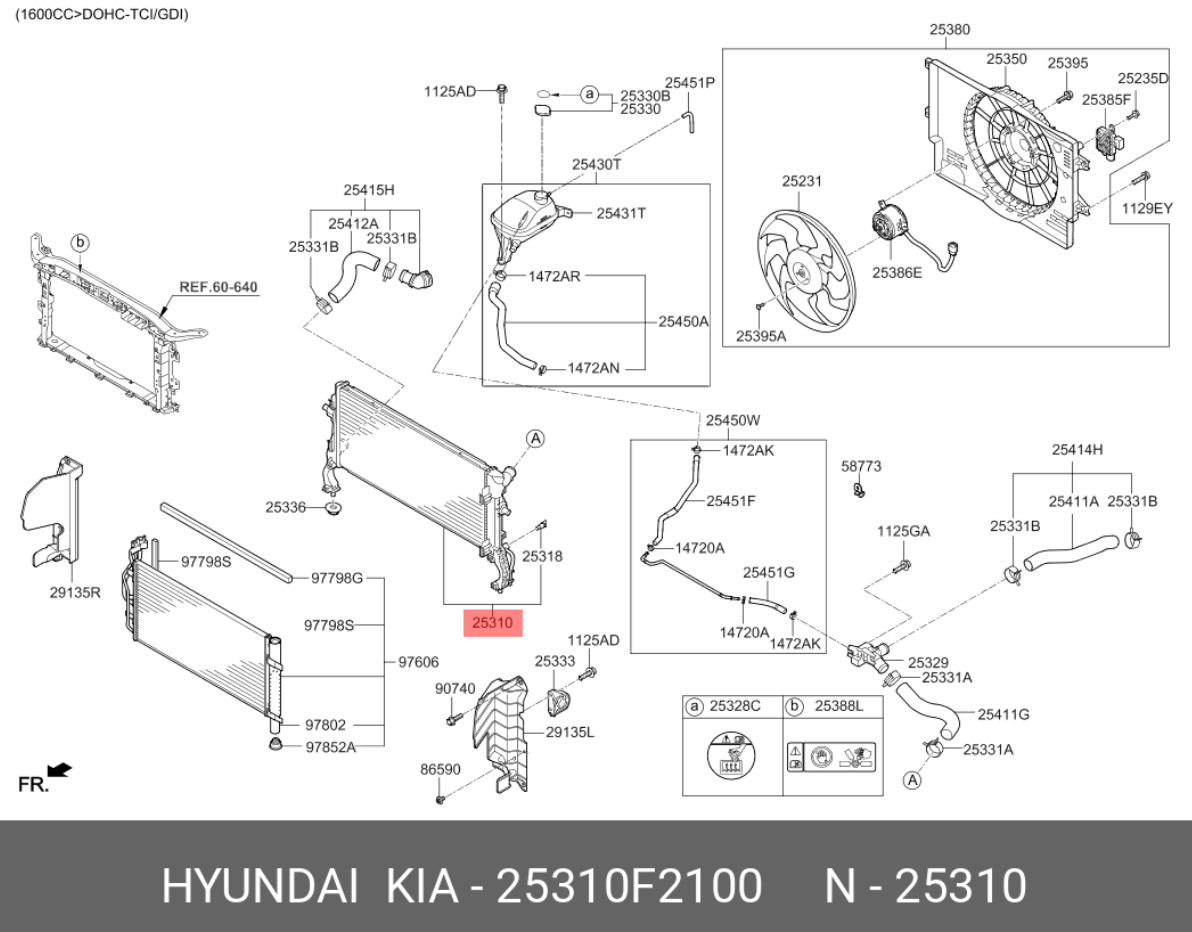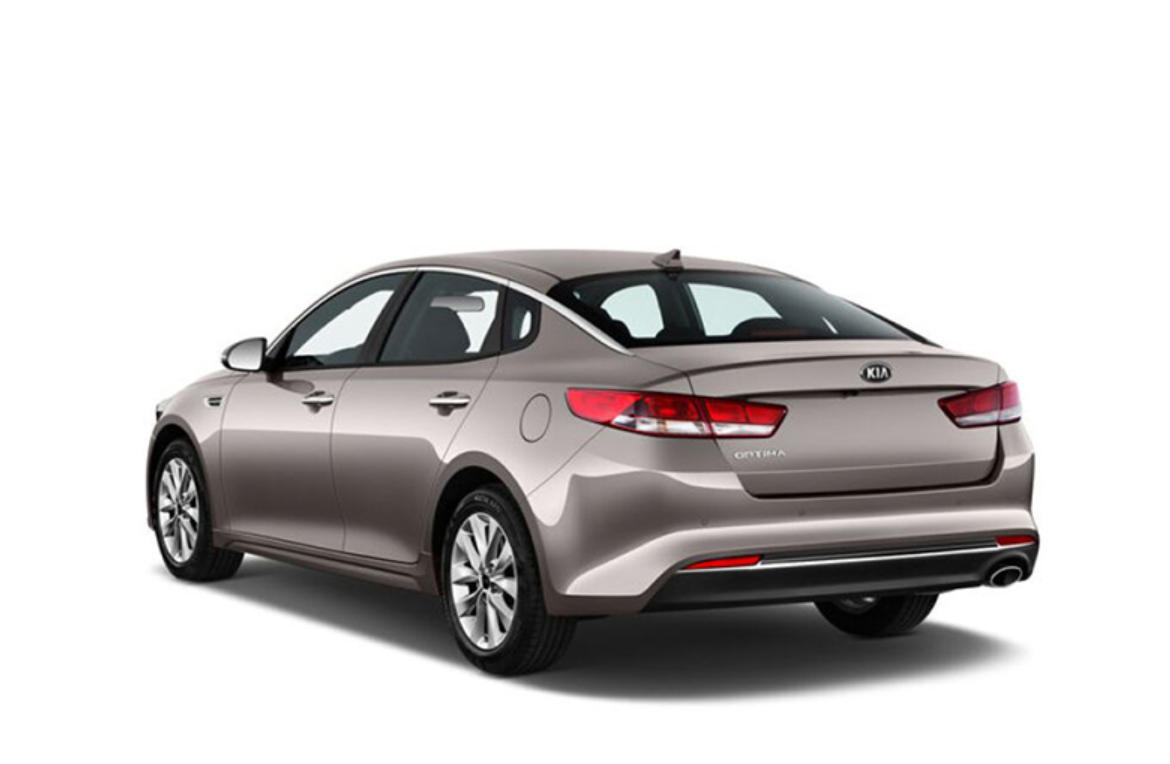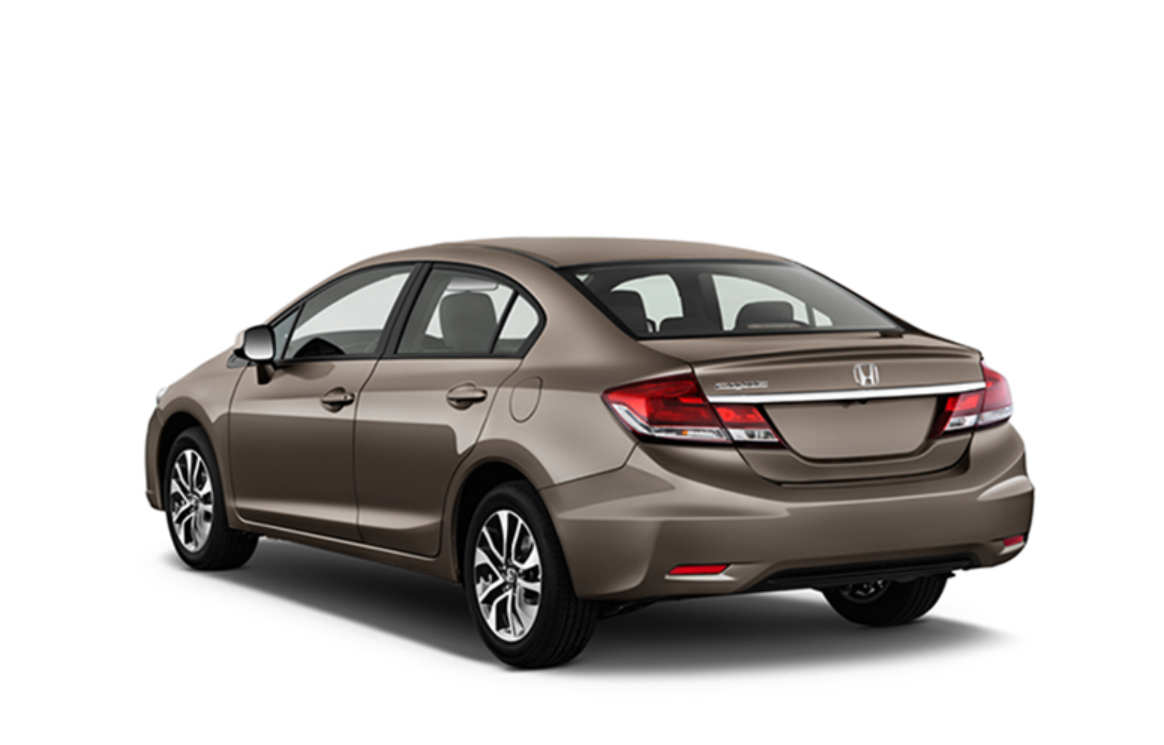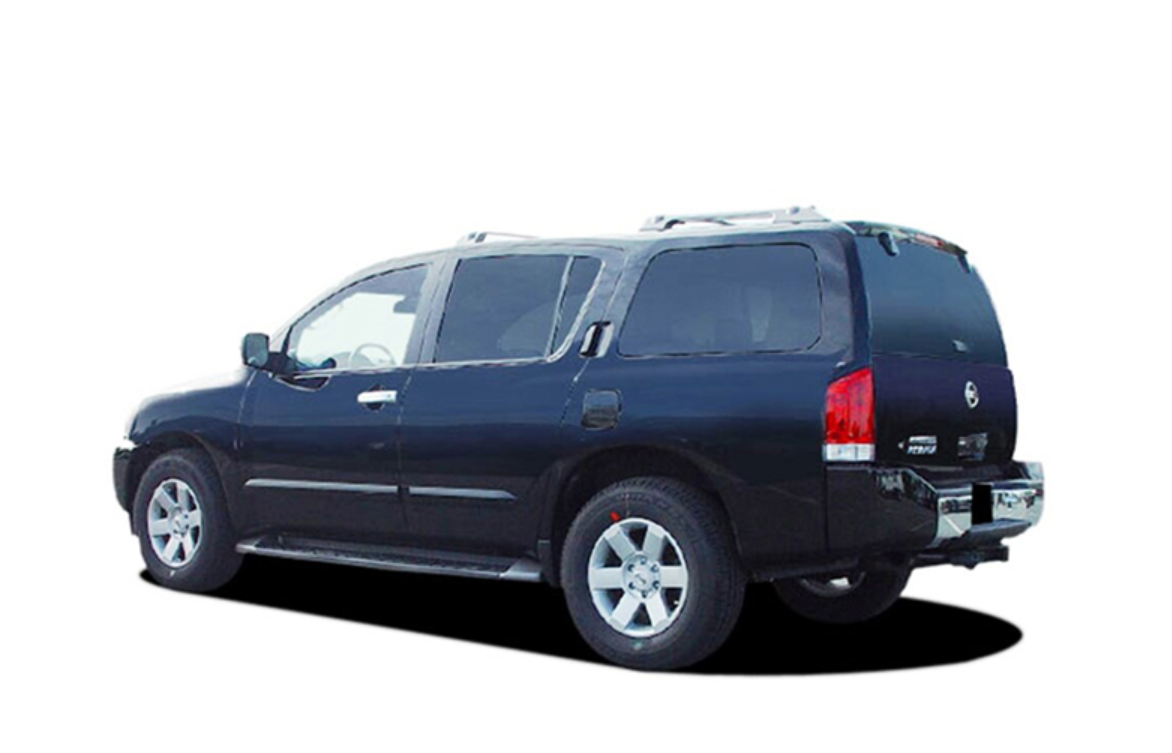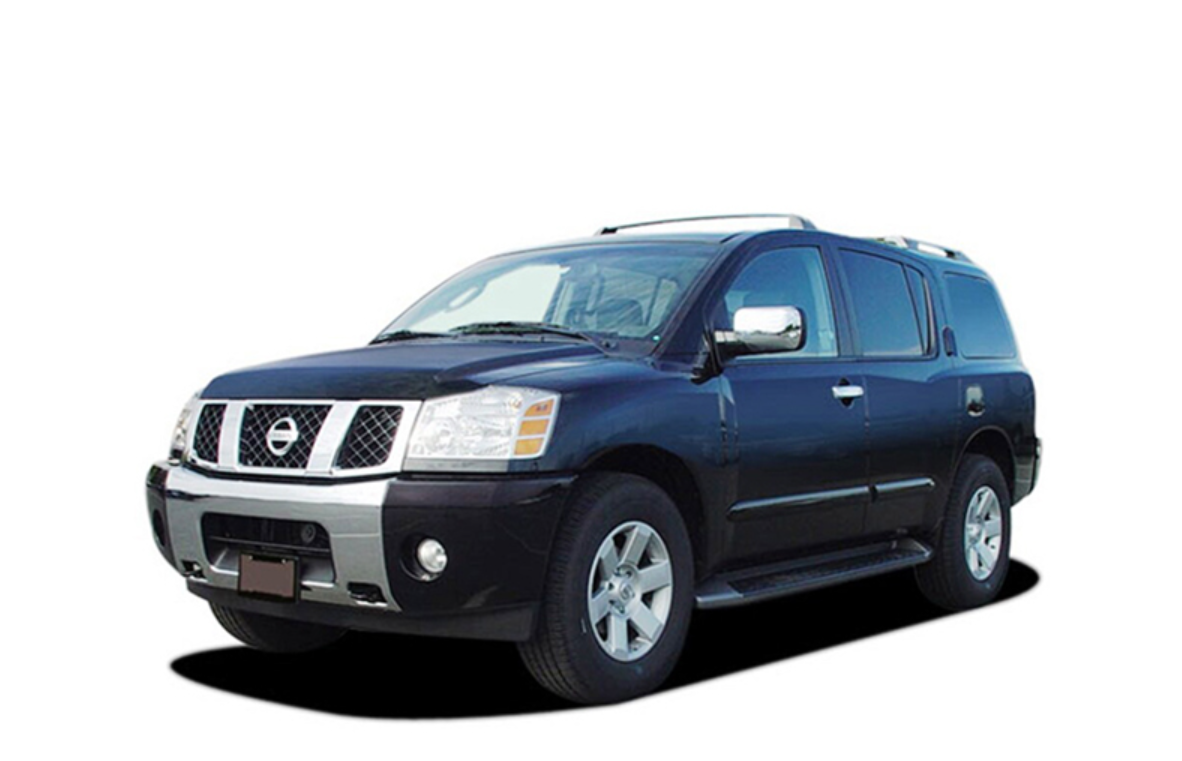Shop
Honda CROSSTOUR 10-13 BUMPER FRONT TYG - 04711-TP6-A91ZZ
The invention relates to an electromechanical brake booster with an electric motor and a helical gearing. The brake booster is used for coupling an auxiliary force via a driver into a piston rod. The invention proposes connecting a spindle of the helical gearing elastically via a spring element to the piston rod such that, in the event of rapid actuation of the brake, the helical gearing and a rotor of the electric motor do not have to be accelerated entirely muscle power. The muscle power required for actuating a brake is reduced as a result in the event of a rapid actuation of the brake.
Nissan ALTIMA 08-18 RADIATOR PA26 (MAXIMA) - 21460-ZN50A
The invention relates to an electromechanical brake booster with an electric motor and a helical gearing. The brake booster is used for coupling an auxiliary force via a driver into a piston rod. The invention proposes connecting a spindle of the helical gearing elastically via a spring element to the piston rod such that, in the event of rapid actuation of the brake, the helical gearing and a rotor of the electric motor do not have to be accelerated entirely muscle power. The muscle power required for actuating a brake is reduced as a result in the event of a rapid actuation of the brake.
Cupiditate quia cumque
The invention relates to an electromechanical brake booster with an electric motor and a helical gearing. The brake booster is used for coupling an auxiliary force via a driver into a piston rod. The invention proposes connecting a spindle of the helical gearing elastically via a spring element to the piston rod such that, in the event of rapid actuation of the brake, the helical gearing and a rotor of the electric motor do not have to be accelerated entirely muscle power. The muscle power required for actuating a brake is reduced as a result in the event of a rapid actuation of the brake.
Inventore quibusdam ut
The invention relates to an electromechanical brake booster with an electric motor and a helical gearing. The brake booster is used for coupling an auxiliary force via a driver into a piston rod. The invention proposes connecting a spindle of the helical gearing elastically via a spring element to the piston rod such that, in the event of rapid actuation of the brake, the helical gearing and a rotor of the electric motor do not have to be accelerated entirely muscle power. The muscle power required for actuating a brake is reduced as a result in the event of a rapid actuation of the brake.
Cupiditate quia cumque
The invention relates to an electromechanical brake booster with an electric motor and a helical gearing. The brake booster is used for coupling an auxiliary force via a driver into a piston rod. The invention proposes connecting a spindle of the helical gearing elastically via a spring element to the piston rod such that, in the event of rapid actuation of the brake, the helical gearing and a rotor of the electric motor do not have to be accelerated entirely muscle power. The muscle power required for actuating a brake is reduced as a result in the event of a rapid actuation of the brake.
Adipisci et qui eveniet
The invention relates to an electromechanical brake booster with an electric motor and a helical gearing. The brake booster is used for coupling an auxiliary force via a driver into a piston rod. The invention proposes connecting a spindle of the helical gearing elastically via a spring element to the piston rod such that, in the event of rapid actuation of the brake, the helical gearing and a rotor of the electric motor do not have to be accelerated entirely muscle power. The muscle power required for actuating a brake is reduced as a result in the event of a rapid actuation of the brake.
Reiciendis repudiandae asperioresi
The invention relates to an electromechanical brake booster with an electric motor and a helical gearing. The brake booster is used for coupling an auxiliary force via a driver into a piston rod. The invention proposes connecting a spindle of the helical gearing elastically via a spring element to the piston rod such that, in the event of rapid actuation of the brake, the helical gearing and a rotor of the electric motor do not have to be accelerated entirely muscle power. The muscle power required for actuating a brake is reduced as a result in the event of a rapid actuation of the brake.
Inventore quibusdam ut
The invention relates to an electromechanical brake booster with an electric motor and a helical gearing. The brake booster is used for coupling an auxiliary force via a driver into a piston rod. The invention proposes connecting a spindle of the helical gearing elastically via a spring element to the piston rod such that, in the event of rapid actuation of the brake, the helical gearing and a rotor of the electric motor do not have to be accelerated entirely muscle power. The muscle power required for actuating a brake is reduced as a result in the event of a rapid actuation of the brake.
Assumenda nemo magni fugiat
The invention relates to an electromechanical brake booster with an electric motor and a helical gearing. The brake booster is used for coupling an auxiliary force via a driver into a piston rod. The invention proposes connecting a spindle of the helical gearing elastically via a spring element to the piston rod such that, in the event of rapid actuation of the brake, the helical gearing and a rotor of the electric motor do not have to be accelerated entirely muscle power. The muscle power required for actuating a brake is reduced as a result in the event of a rapid actuation of the brake.
Veniam officiis voluptates
The invention relates to an electromechanical brake booster with an electric motor and a helical gearing. The brake booster is used for coupling an auxiliary force via a driver into a piston rod. The invention proposes connecting a spindle of the helical gearing elastically via a spring element to the piston rod such that, in the event of rapid actuation of the brake, the helical gearing and a rotor of the electric motor do not have to be accelerated entirely muscle power. The muscle power required for actuating a brake is reduced as a result in the event of a rapid actuation of the brake.
Impedit accusantium quidem
The invention relates to an electromechanical brake booster with an electric motor and a helical gearing. The brake booster is used for coupling an auxiliary force via a driver into a piston rod. The invention proposes connecting a spindle of the helical gearing elastically via a spring element to the piston rod such that, in the event of rapid actuation of the brake, the helical gearing and a rotor of the electric motor do not have to be accelerated entirely muscle power. The muscle power required for actuating a brake is reduced as a result in the event of a rapid actuation of the brake.
Ea quaerat ducimus nam ipsa
The invention relates to an electromechanical brake booster with an electric motor and a helical gearing. The brake booster is used for coupling an auxiliary force via a driver into a piston rod. The invention proposes connecting a spindle of the helical gearing elastically via a spring element to the piston rod such that, in the event of rapid actuation of the brake, the helical gearing and a rotor of the electric motor do not have to be accelerated entirely muscle power. The muscle power required for actuating a brake is reduced as a result in the event of a rapid actuation of the brake.
Minima ab quibusdam hic
The invention relates to an electromechanical brake booster with an electric motor and a helical gearing. The brake booster is used for coupling an auxiliary force via a driver into a piston rod. The invention proposes connecting a spindle of the helical gearing elastically via a spring element to the piston rod such that, in the event of rapid actuation of the brake, the helical gearing and a rotor of the electric motor do not have to be accelerated entirely muscle power. The muscle power required for actuating a brake is reduced as a result in the event of a rapid actuation of the brake.
Perferendis itaque unde
The invention relates to an electromechanical brake booster with an electric motor and a helical gearing. The brake booster is used for coupling an auxiliary force via a driver into a piston rod. The invention proposes connecting a spindle of the helical gearing elastically via a spring element to the piston rod such that, in the event of rapid actuation of the brake, the helical gearing and a rotor of the electric motor do not have to be accelerated entirely muscle power. The muscle power required for actuating a brake is reduced as a result in the event of a rapid actuation of the brake.
Odit magni quam iure
The invention relates to an electromechanical brake booster with an electric motor and a helical gearing. The brake booster is used for coupling an auxiliary force via a driver into a piston rod. The invention proposes connecting a spindle of the helical gearing elastically via a spring element to the piston rod such that, in the event of rapid actuation of the brake, the helical gearing and a rotor of the electric motor do not have to be accelerated entirely muscle power. The muscle power required for actuating a brake is reduced as a result in the event of a rapid actuation of the brake.
Veritatis illum commodi sint
The invention relates to an electromechanical brake booster with an electric motor and a helical gearing. The brake booster is used for coupling an auxiliary force via a driver into a piston rod. The invention proposes connecting a spindle of the helical gearing elastically via a spring element to the piston rod such that, in the event of rapid actuation of the brake, the helical gearing and a rotor of the electric motor do not have to be accelerated entirely muscle power. The muscle power required for actuating a brake is reduced as a result in the event of a rapid actuation of the brake.
Auto-gur AGLW5W
We deal in all kind of spare parts
- Address: The Barn, Ullenhall, Henley in Arden B578 5CC, England
- Call Us: 971543969989
- Email: info@yourdomain.com













